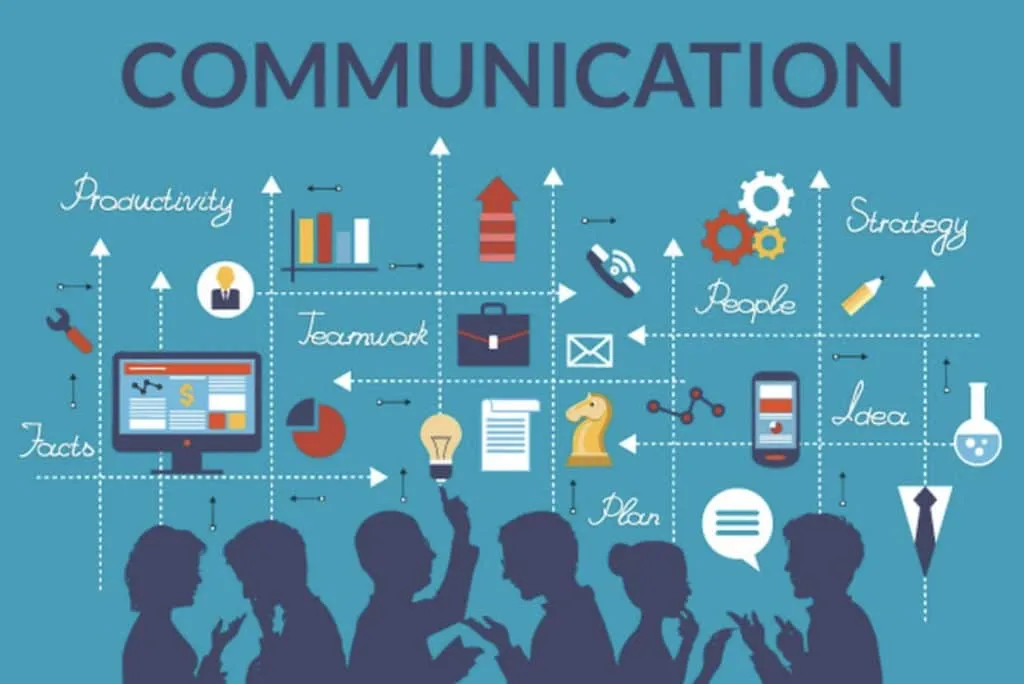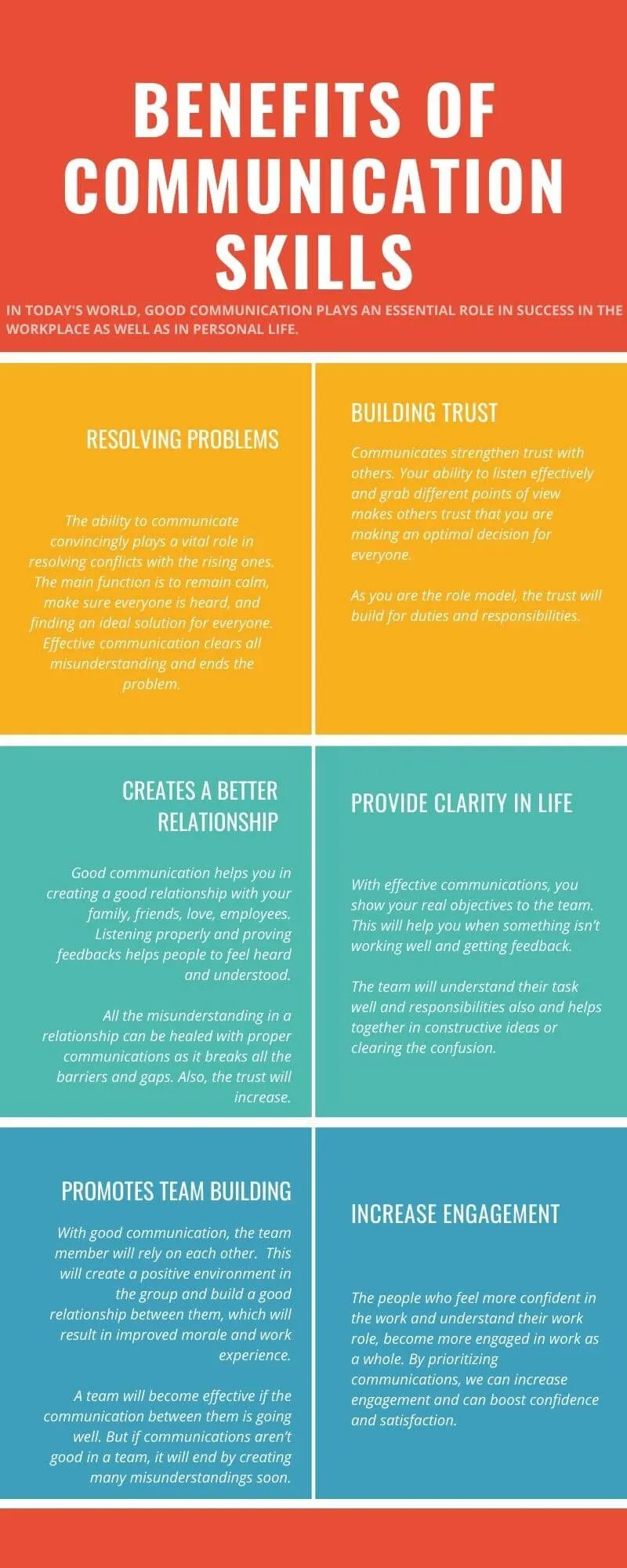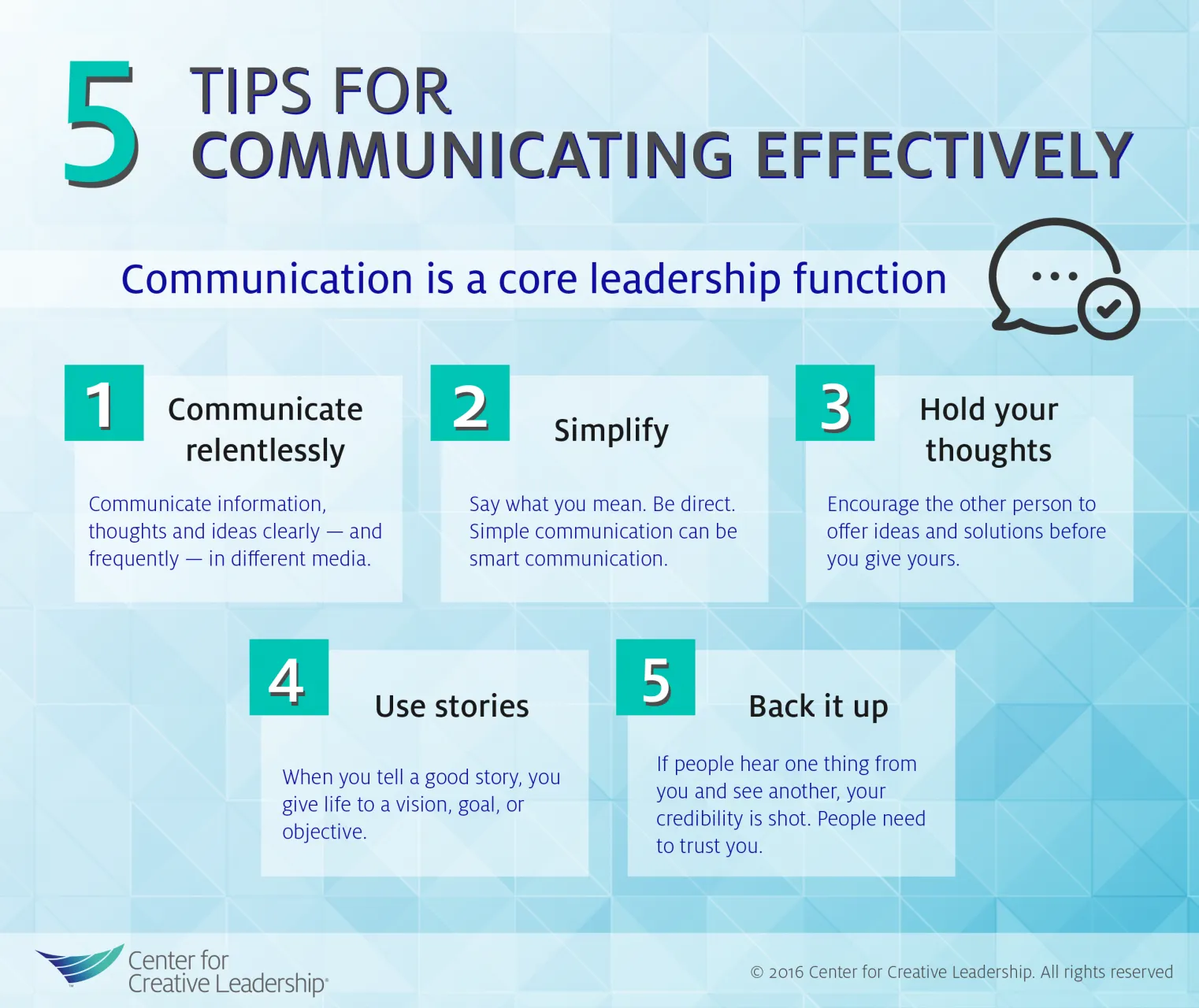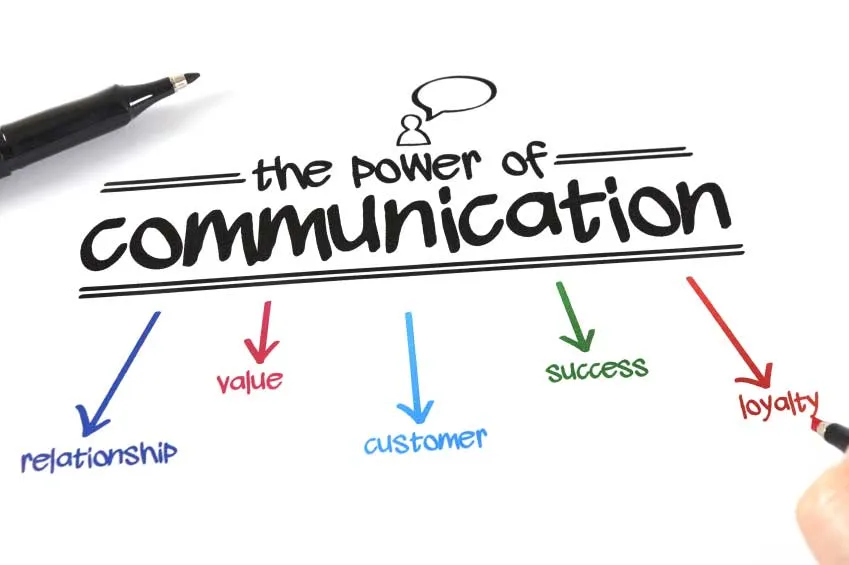Effective communication in the workplace is more than just exchanging information; it’s about creating an environment where ideas flow freely and relationships flourish. When communication is clear, teams can navigate challenges smoothly, foster innovation, and enhance overall productivity. So, why does effective communication matter so much? Let’s dive into how it shapes teamwork and contributes to a thriving workplace culture.
The Role of Communication in Team Collaboration

Team collaboration is at the heart of any successful project, and effective communication plays a pivotal role in making it happen. When team members are able to communicate openly and honestly, it leads to a more cohesive work environment. Here’s why communication is essential for collaboration:
- Clarity and Understanding: Clear communication ensures that everyone is on the same page. This helps in reducing misunderstandings and aligned objectives.
- Building Trust: Open communication fosters trust among team members. When people feel heard and valued, they are more likely to contribute ideas and insights.
- Conflict Resolution: Miscommunication can lead to conflicts. Effective communication skills help in addressing issues promptly before they escalate.
- Encouraging Feedback: Constructive feedback is crucial for growth. A culture of open communication allows for regular feedback loops, promoting continuous improvement.
- Innovation and Creativity: When team members communicate freely, it encourages brainstorming and the sharing of diverse perspectives, leading to innovative solutions.
In a collaborative environment, the flow of information can be facilitated through various tools such as communication apps, video calls, and regular meetings. When everyone feels comfortable sharing thoughts and feedback, it significantly enhances teamwork dynamics.
Ultimately, prioritizing effective communication creates a supportive atmosphere where each team member can thrive, paving the way for successful collaborative efforts that drive the organization forward.
Also Read This: How to Run Fiverr Ads: A Comprehensive Guide
Types of Communication in the Workplace

Effective communication in the workplace can take many forms. Understanding these types is crucial for fostering healthy interactions among team members. Let’s dive into the primary types of communication that thrive in professional settings:
- Verbal Communication: This includes face-to-face conversations, phone calls, or video meetings. Verbal communication is often immediate and allows for quick feedback, which can be crucial in resolving issues or making decisions.
- Non-Verbal Communication: Body language, facial expressions, and gestures all play a role in how messages are conveyed. Sometimes, what is not said can be just as important as spoken words. Being aware of your non-verbal signals can significantly enhance communication.
- Written Communication: Emails, reports, and memos fall under this category. Written communication provides a record of information and allows for careful crafting of messages. However, it can sometimes lead to misunderstandings if tone or context isn’t clear.
- Visual Communication: Charts, graphs, and presentations are part of visual communication. This type can make complex information more digestible and engaging for the audience, making it very effective in conveying data.
- Formal vs. Informal Communication: Formal communication is structured and follows established protocols, while informal communication happens spontaneously and can build camaraderie. Both types are important for a balanced work environment.
Recognizing and utilizing these various forms of communication can significantly enhance teamwork, productivity, and overall workplace morale.
Also Read This: Costs Involved in Starting a Freelance Business
Barriers to Effective Communication

Even in the best workplaces, barriers to effective communication can pop up and create misunderstandings. Understanding these barriers is essential for overcoming them. Here are some common obstacles:
| Barrier | Description |
|---|---|
| Language Differences | In diverse workplaces, language barriers can hinder understanding. Jargon and technical terms can also turn into stumbling blocks. |
| Cultural Differences | Different cultural backgrounds can lead to varied interpretations of messages, gestures, and non-verbal signals. |
| Lack of Attention | Distractions or multitasking can cause important information to be missed or misunderstood. |
| Emotional Barriers | Stress, frustration, or anger can cloud judgment and affect how messages are delivered and received. |
| Technology Issues | Technical difficulties with communication tools can lead to disruptions, making it hard to convey or receive messages promptly. |
Identifying these barriers is the first step toward improving communication skills. By actively working to overcome these challenges, teams can work more harmoniously and efficiently, leading to a more productive workplace.
Also Read This: Why Does Fiverr Disable My Account After Making an Order?
Strategies to Improve Workplace Communication

Effective communication in the workplace is essential for fostering a positive environment, building strong teams, and achieving organizational goals. Here are some strategies that can significantly enhance communication among employees:
- Active Listening: Encourage team members to listen actively. This means maintaining eye contact, nodding in agreement, and paraphrasing what the other person has said to ensure understanding.
- Clear Messaging: Be concise and clear in your communication. Avoid jargon and use simple language to convey your message. Try to get to the point quickly to minimize misunderstandings.
- Regular Check-ins: Schedule regular one-on-one meetings or team huddles. This creates a safe space for open dialogue and allows employees to voice their concerns or ideas.
- Utilize Visual Aids: Consider using charts, infographics, or presentations to make complex information relatable and easier to digest. Visuals can enhance message retention.
- Feedback Culture: Foster a culture where feedback is encouraged and received positively. Constructive feedback helps in personal and team development.
By implementing these strategies, organizations can create a more cohesive and engaged workplace where communication flows smoothly and effectively.
Also Read This: How Many Impressions Is Good on Fiverr
The Impact of Technology on Workplace Communication
Technology has revolutionized the way we communicate in the workplace. From emails to instant messaging and video conferencing, here’s how technology shapes workplace communication:
- Increased Accessibility: Technology enables employees to communicate from anywhere, at any time. This flexibility encourages collaboration among team members who may be working remotely.
- Real-time Collaboration: Tools like Slack, Microsoft Teams, and Google Workspace allow teams to collaborate in real-time. This can accelerate decision-making and project completion.
- Documentation and Tracking: With advancements in technology, it’s now possible to keep track of communications easily. Platforms like Asana or Trello help in documenting conversations and decisions, ensuring clarity.
- Challenges of Miscommunication: Despite its advantages, technology can sometimes lead to misunderstandings. Missing non-verbal cues in emails or messages can cause misinterpretations.
- Impact on Employee Relationships: Over-reliance on technology can hinder face-to-face interactions, which are vital for building strong relationships and trust among team members.
Overall, while technology has significantly improved communication efficiency in the workplace, it is essential to strike a balance between digital interactions and personal connections.
Also Read This: How to Become a Listener on Fiverr
7. Case Studies: Successful Communication in Organizations
When we talk about effective communication in the workplace, sometimes it helps to look at real-life examples of organizations that have nailed it. These case studies not only highlight the importance of good communication but also showcase how it can lead to improved productivity, employee satisfaction, and overall success.
Let’s take a look at a few notable examples:
- Google: Google is renowned for its open communication culture. They actively encourage employees to voice their opinions through various channels. This not only enhances collaboration but also fosters innovation, giving rise to groundbreaking ideas. "TGIF" (Thank God It’s Friday) meetings are a classic example where employees can ask questions directly to leadership, creating a transparent environment.
- Zappos: This online shoe retailer is known for its customer service, but did you know that effective internal communication plays a huge role in that? Zappos invests heavily in training and team-building exercises to cultivate strong relationships among employees. Their "holacracy" approach allows everyone a voice in decision-making, ensuring everyone is on the same page.
- Buffer: Buffer is a social media management platform that practices radical transparency. They share everything—financials, salaries, and even decision processes—with their employees and the public. This practice not only builds trust but also encourages accountability and unity within the team, leading to increased morale and productivity.
These case studies make it clear: organizations that prioritize effective communication can create a positive workplace culture, enhance employee engagement, and ultimately drive performance. It's a win-win situation!
8. Conclusion
As we wrap up our discussion on effective communication in the workplace, it becomes evident that communication is more than just exchanging information—it’s about understanding, collaboration, and connection. Implementing strong communication strategies is crucial for an organization's success, impacting everything from employee morale to business outcomes.
Here are a few key takeaways:
- Build Trust: Transparent communication fosters a sense of trust and openness among employees.
- Enhance Collaboration: Clear communication ensures everyone is aligned, reducing misunderstandings and conflicts.
- Boost Productivity: When employees have clear instructions and feedback, they can perform their tasks more efficiently.
- Encourage Innovation: An environment where ideas can flow freely tends to spark creativity and innovation.
In today's ever-evolving workplace, whether it's through face-to-face meetings, emails, or collaborative platforms, the essence of effective communication remains consistent: it’s all about fostering relationships. So, let’s take these insights and strive to create workplaces where effective communication thrives, paving the way for a more engaged and productive workforce.



